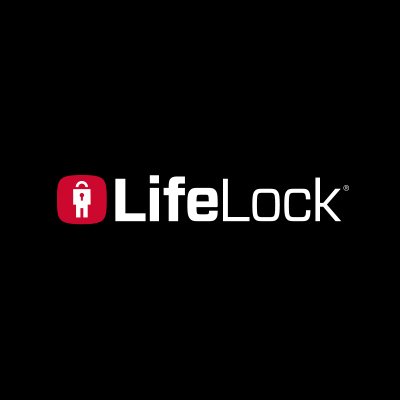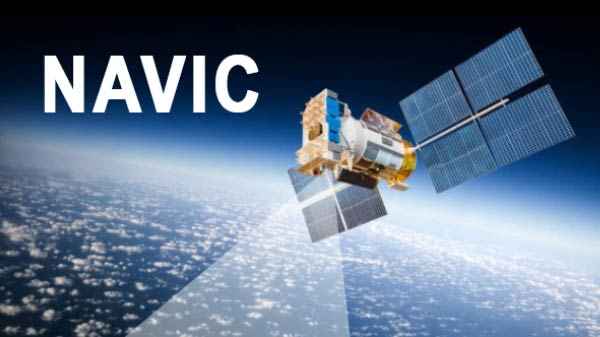Juniper Network’s Founder Says India Is Its Largest Development Site
India has always excelled when it comes down to the engineering sector. Technical engineers especially those working in the IT sector have mostly emerged from India. The telecommunication industry has developed in the past few decades rapidly. From selling networking products to software, many companies have made a future in this sector. American immigrant, Pradeep Sindhu is the founder of one such company excelling on the grounds of networking. The name of the company is Juniper Networks and Pradeep founded the company in February 1996. A twenty-four years old company founded by an ex-IITian has become a billion-dollar enterprise.
The company is currently based in Sunnyvale, California, United States. Juniper is a world-famous company in the sector of networking hardware. The main products of the company are routers, network management software and providing network security as well.
About the Founder
Pradeep Sindhu is an American businessman who was born in India. Apart from founding Juniper, he has also founded Fungible, a company based on data center technology.
Born into an Indian family, Pradeep pursued his undergraduate degree from India. He acquired his bachelor’s degree in Electrical Engineering from IIT Kanpur. Pradeep fled to Hawaii in 1976 and completed his master’s in the same from the University of Hawaii. Later, he completed his Ph.D. in Computer Science from Carnegie Mellon University.
Pradeep gained a very rich knowledge of telecommunication engineering and computer science before founding his companies. His professional world started growing from Xerox PARC where he worked for eleven years. He worked for designing many integrated circuits and multiprocessors. Pradeep is also well-known for making major contributions to designing high-tech microprocessors of Sun Microsystems.
After his years of studies and working in computer labs he decided to found his own company, Juniper Networks. So, in 1996, along with Dennis Ferguson and Bjorn Liencres, he established the company in California.
Early Story
Pradeep got the idea of founding his company while he was on a vacation in 1995. He wanted to switch the conventional circuit switching to packet switching. Pradeep, after his years of experience, thought that it would be better for transferring data. This is because after one fixed data packet is transmitted through a channel it will then be fully available for another one. Well, he might have got the idea from energy packets in quantum physics.
Success and Growth
Pradeep started the company with a seed funding of $2million. But, within the first year of its operation, the company raised another $12 million. In 1997, the company received $8 million in venture funding. This year the company received an additional $40 million in a funding round which witnessed the presence of companies like Nortel, 3Com, etc. Other investors of Juniper include Qwest and AT&T.
Within four years, the company’s annual revenue summed up to $3.8 million. M40 router was the only product of the company and only one product was sold to more than fifty telecommunication companies. The company also came into a joint partnership with Alcatel and Ericsson to expand itself in foreign markets.
The company gradually expanded in Asian countries like Japan, India, etc. This helped Juniper increase its market share from 6% in 1998 to more than 20% in 2000. Juniper filed its first IPO in April 1999 and by July 1999 its valuation became $7 billion. The growth of the company was jaw-dropping and it became the “latest darling of the Wall Street”.
The company’s sell decreased during the time of dot-com bust but again after 2004, it was back on track. In 2005, the company’s annual revenue surpassed $2 billion.
The Indian Market
Juniper has its development sites in Boston, Silicon Valley, Canada, and India. Among all these centers, Pradeep says the best R&D is carried out in India. India is a very crucial market for Juniper Networks but the most important scope for development as well. According to Pradeep Sindhu, the development site was founded in India to solve the level of complexity that cannot be done in the U.S.
When a company is handling a networking issue, it has different layers of complexity. And, the engineers in India can solve every layer from scratch. Pradeep also said that he loves hiring fresh talents from the Indian schools who are brimming with talent and enthusiasm. In 2018, the total employees of Juniper were 9,000 among which 2,600 belonged to Indian offices.
He is truly proud of the Indian market from both the aspect of market growth and solving critical missions. Pradeep wants to keep investing in the Indian market for the betterment of the company.

Annasha Dey is an NIT student, who apart from studying engineering is also a content writer. She has a great interest in photography, writing, reading novels, and travelling as well. She is a foodie who loves socializing and hanging out with her friends. She is also a trained Kathak dancer and a big fashion enthusiast. Dey also loves watching TV series, which includes F.R.I.E.N.D.S. and Big Bang Theory. To be a better writer she prefers to read more





